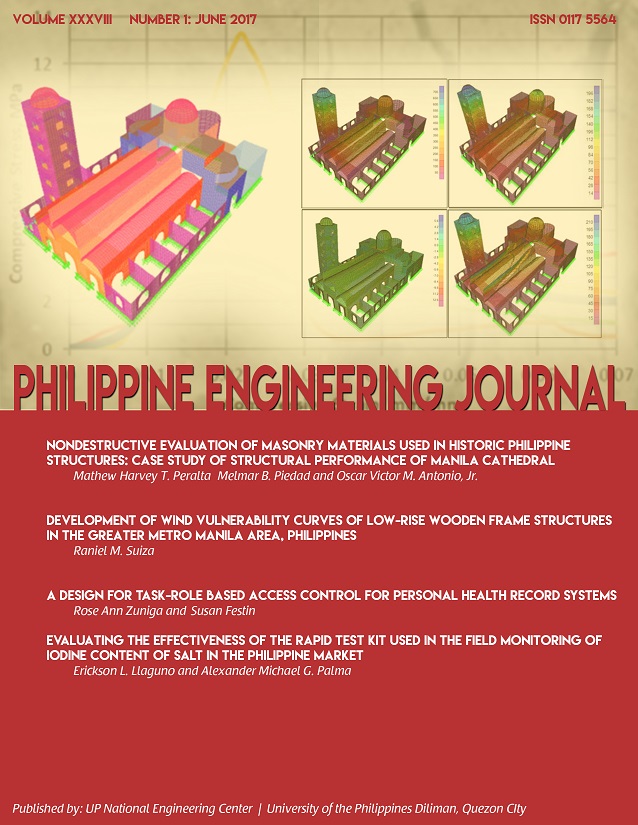Nondestructive Evaluation of Masonry Materials used in Historic Philippine Structures: Case Study of Structural Performance of Manila Cathedral
Abstract
Abstract – Due to numerous tectonic activities in the Philippines, many old heritage structures are susceptible to damage. These structures are mostly made of adobe, clay, bricks, and the like, which are inhomogeneous and contain cracks of variable sizes. As a step towards preservation, this research aimed to develop correlations between mechanical properties of materials such as Young's modulus of elasticity and uniaxial compressive strength which are usually determined using destructive tests, and nondestructive parameters, such as ultrasonic pulse velocity and wave attenuation. Ultrasonic testing was conducted to determine wave characteristics of different masonry materials used in old Philippine structures. The correlations obtained between these properties and the material properties obtained from destructive testing gave high values of coefficient of determination, resulting in a viable basis for modeling. To demonstrate the usefulness of this method, data from in-situ nondestructive tests were used as parameters in the correlations for the material comprising the Manila Metropolitan Cathedral-Basilica. Using the mechanical properties obtained, a structural model was created through the commercial program SAP2000. Both strength-based and time-history analyses were employed to determine the displacement and stress distribution on the structure when subjected to different load combinations. Results of the analyses confirmed that unreinforced masonry structures may fail due to excessive tensile stresses on certain parts of the structure.
Keywords—ultrasonic pulse velocity; nondestrucive testing; masonry materials; Young’s modulus of elasticity; uniaxial compressive strength; strength based analysis; nonlinear modal time-history analysis


